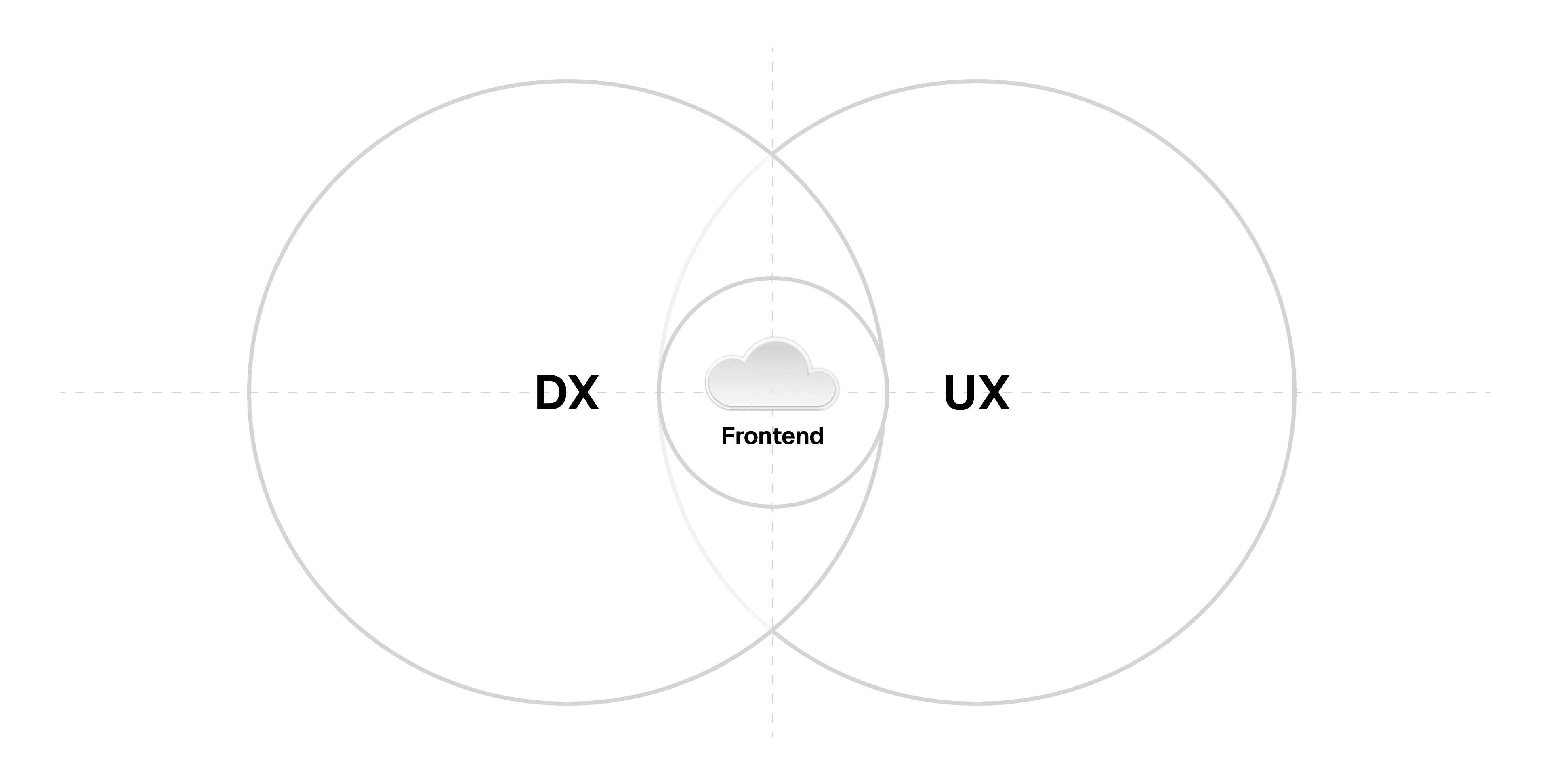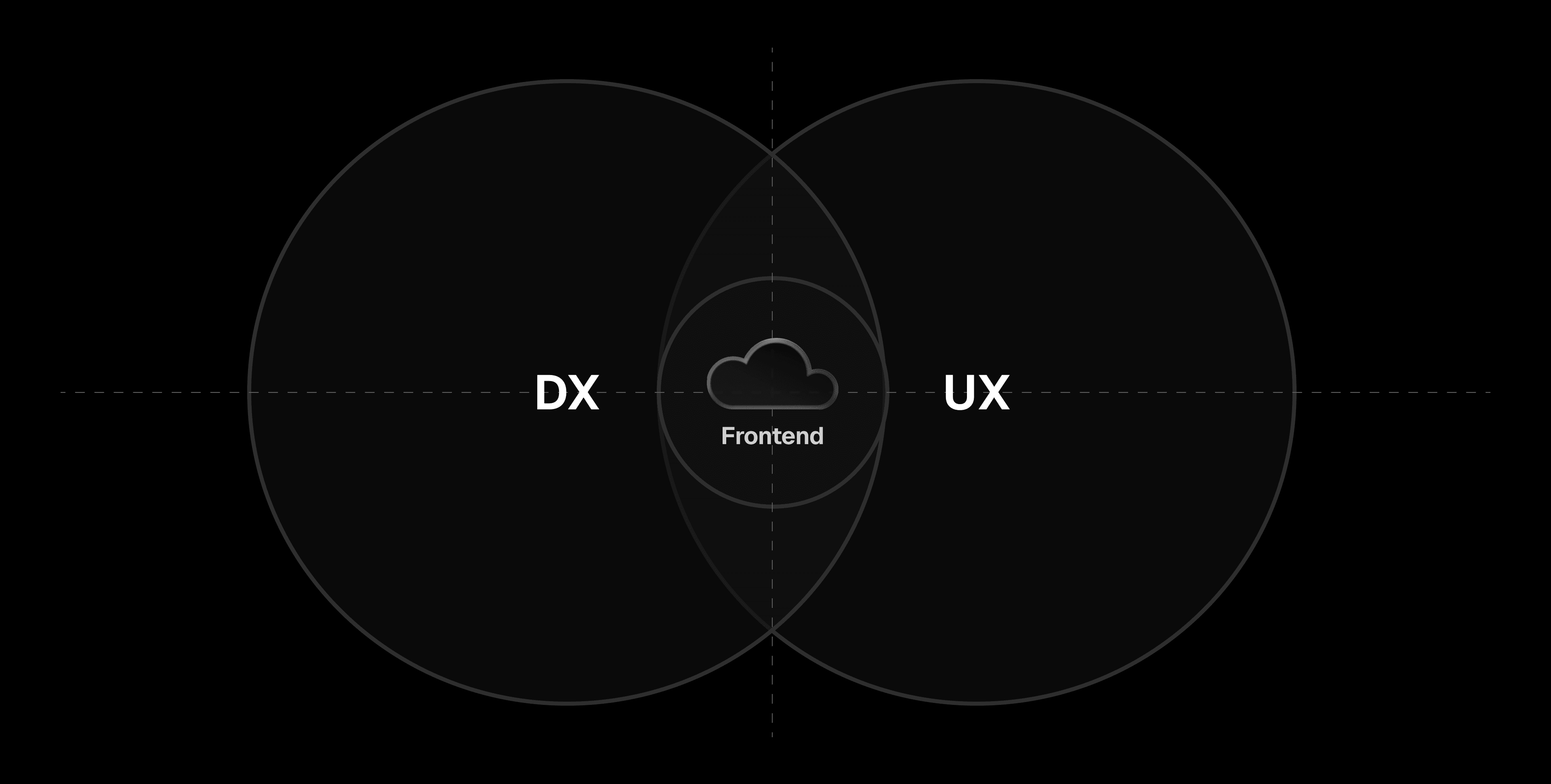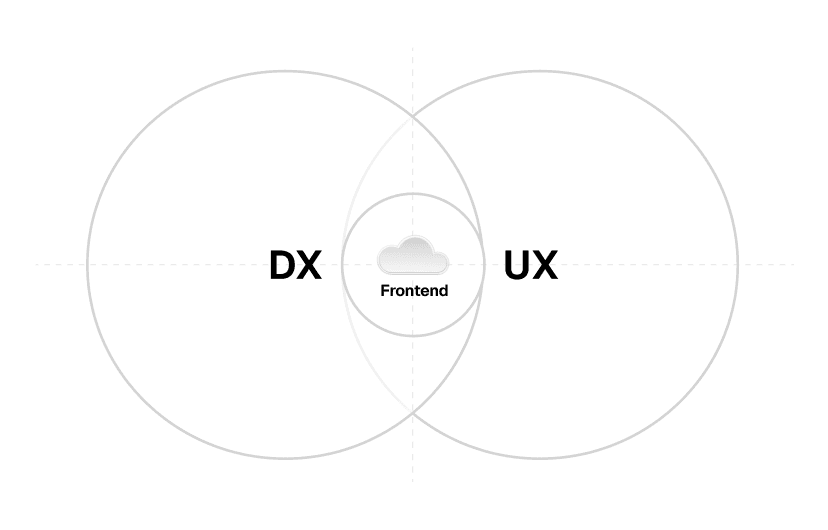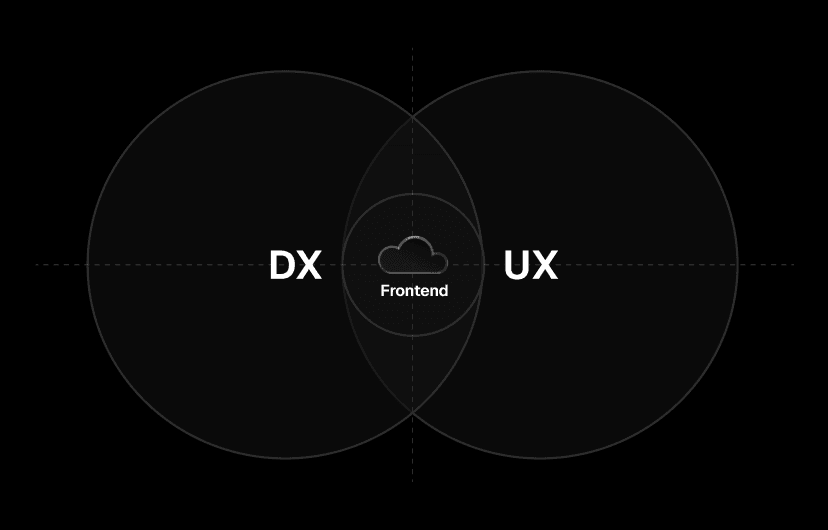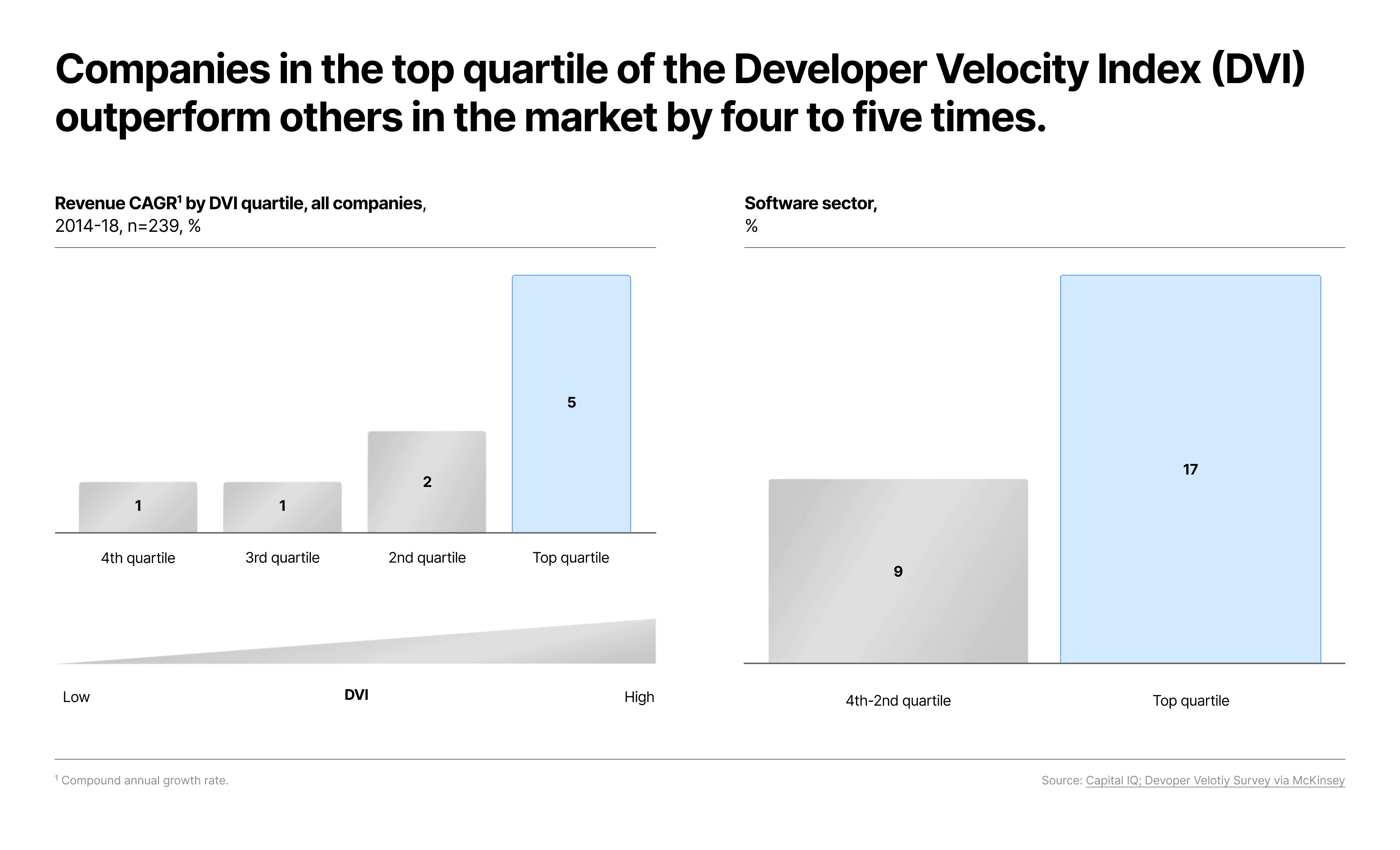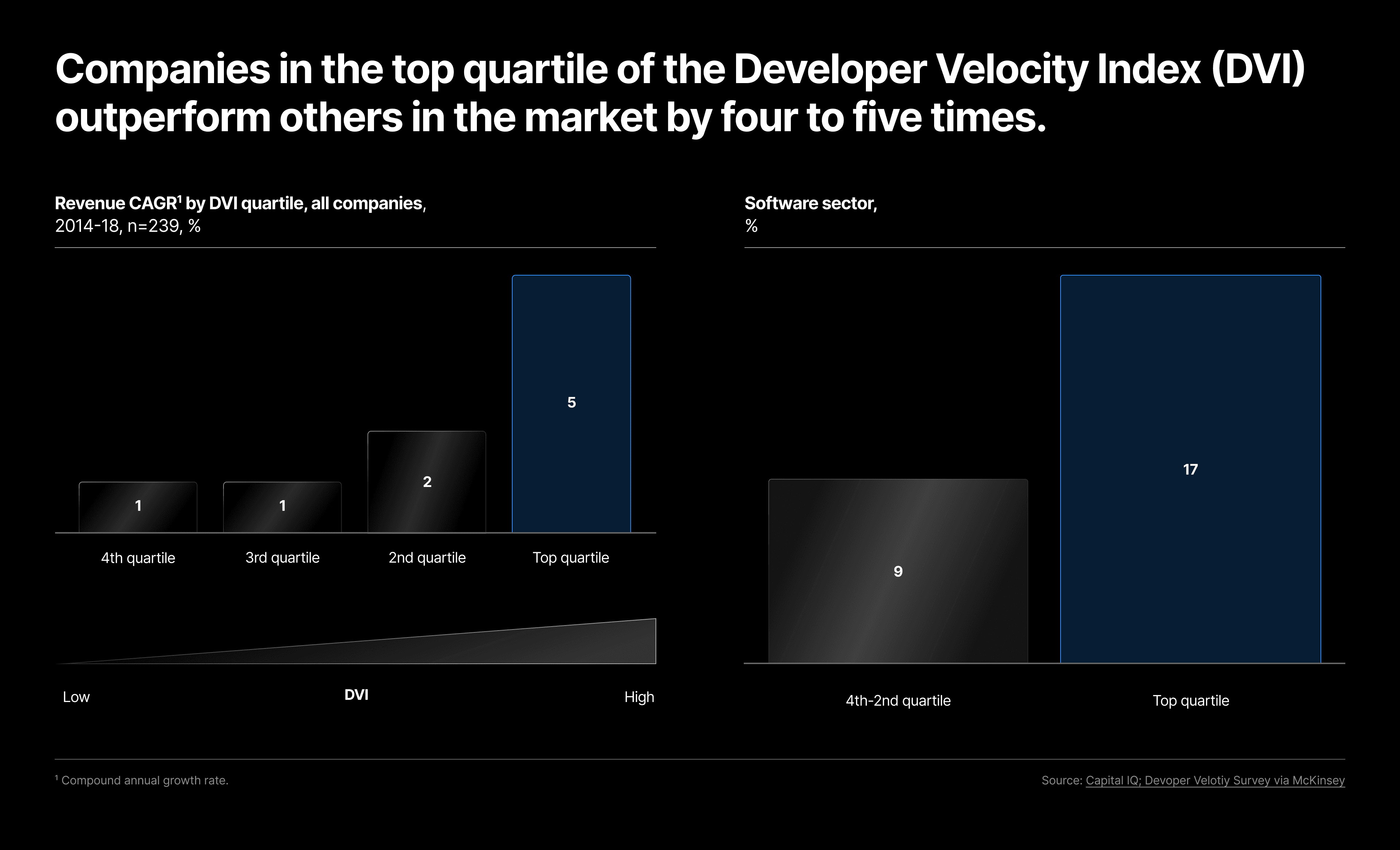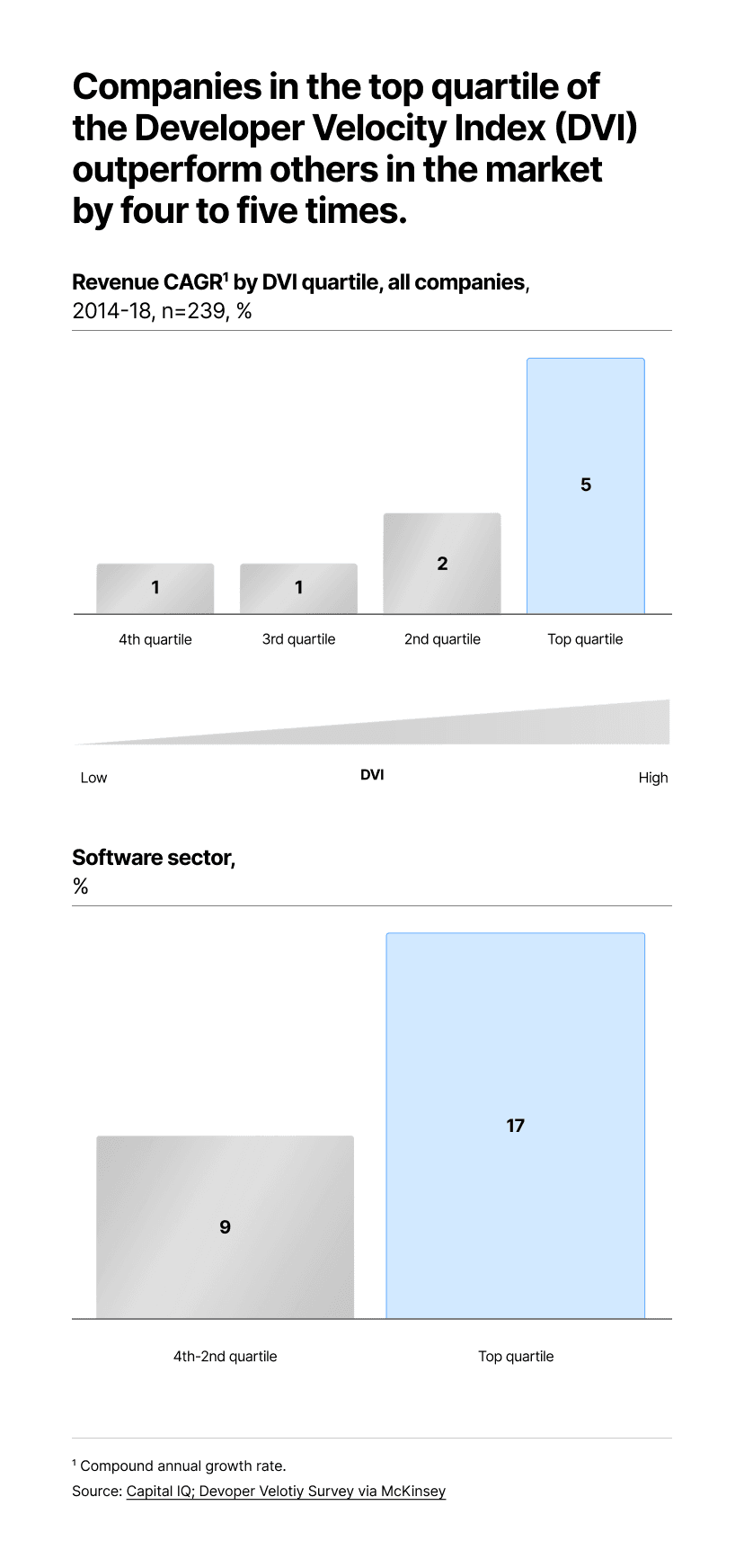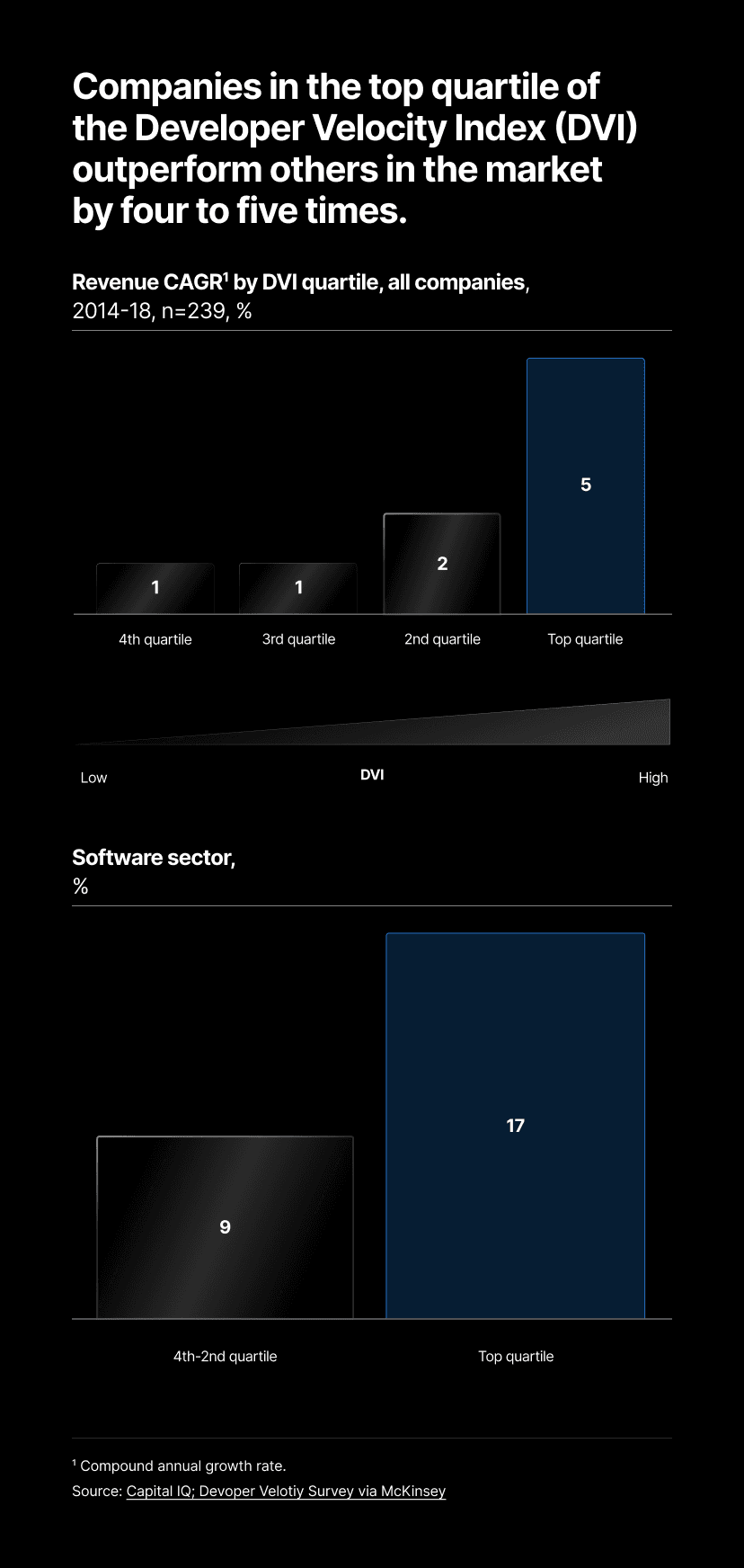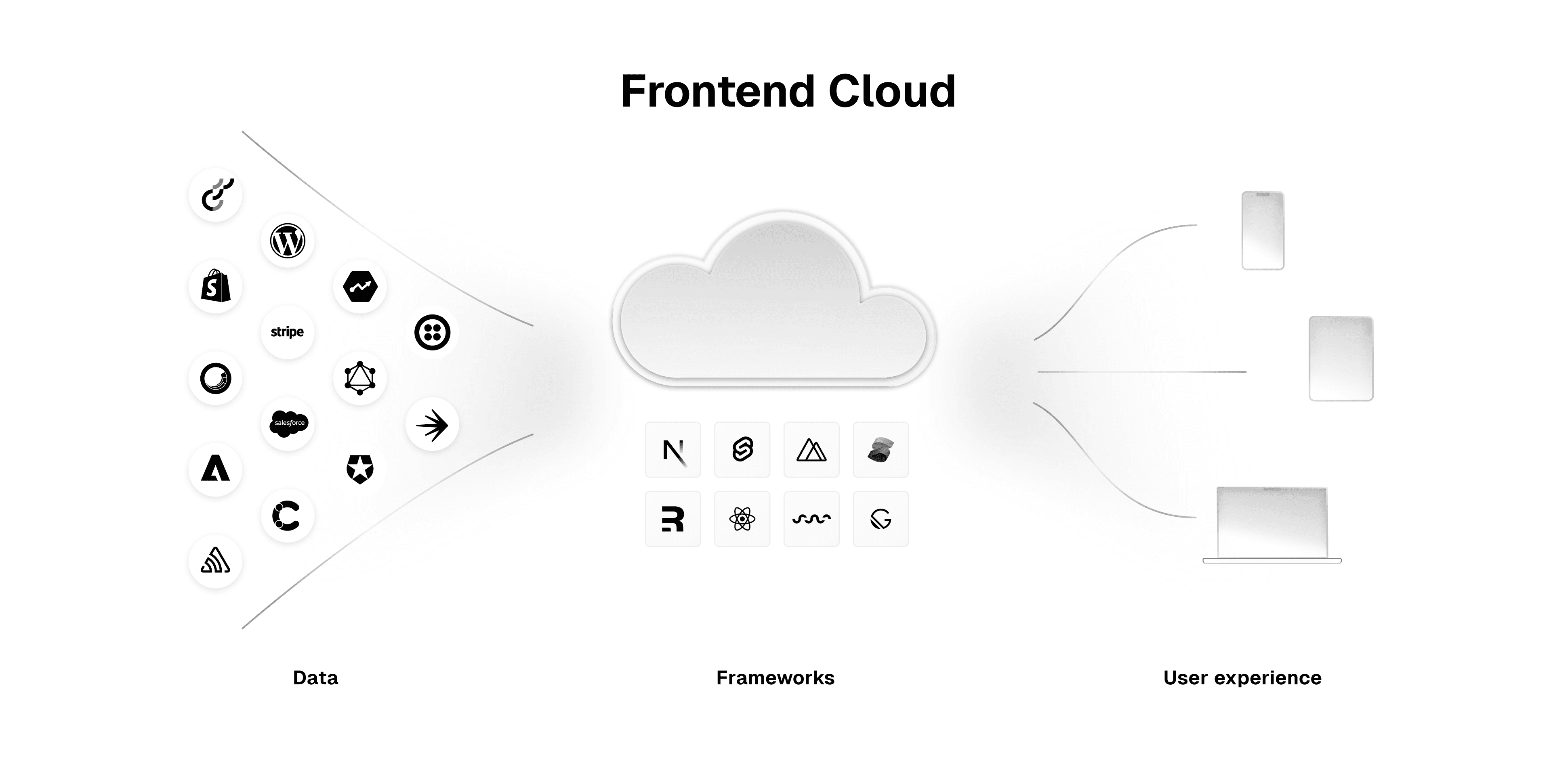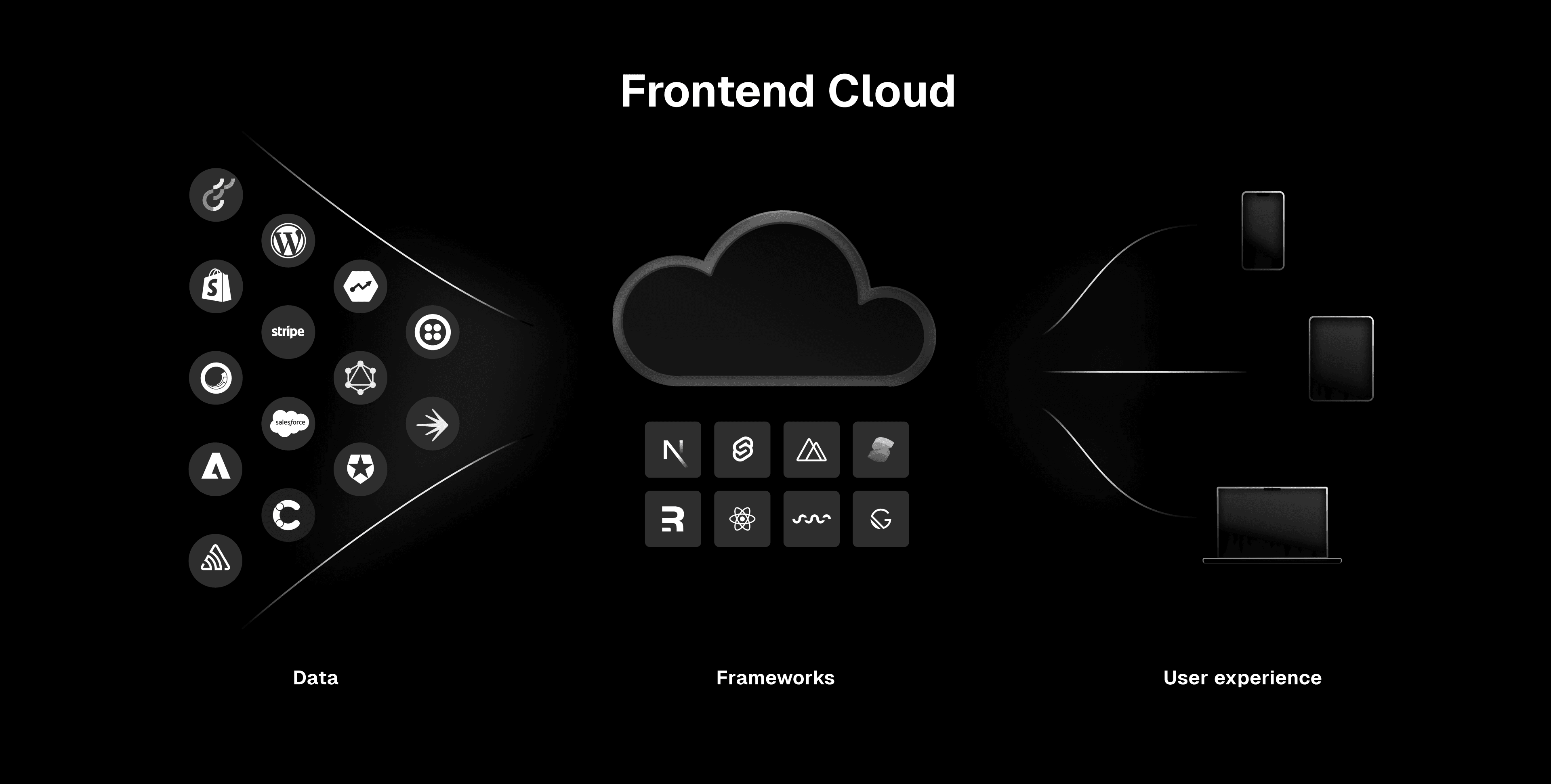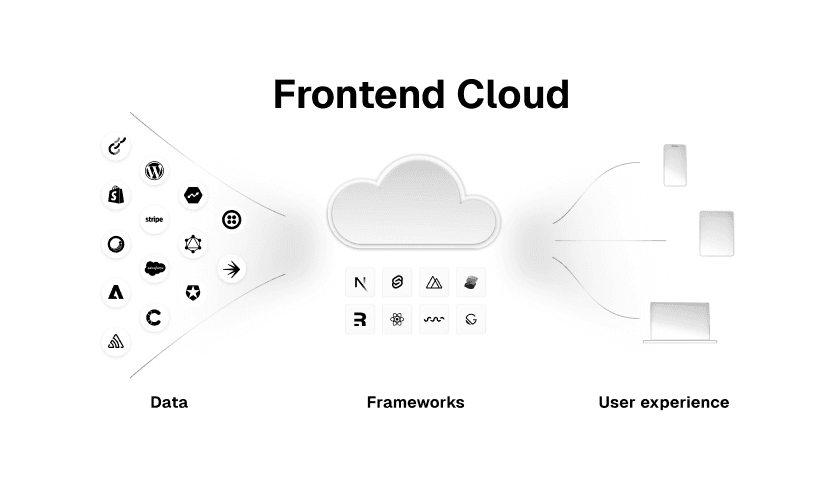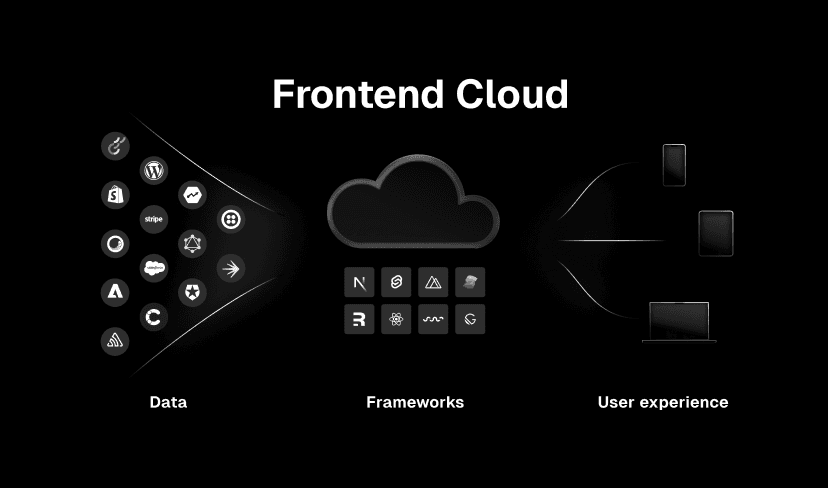Oct. 17th, 2023
Customer-first, experience-first, AI-first: The Frontend Cloud
A transformative shift in how brands approach frontend development, deployment, and management.
Customers often overlook the technical decisions driving the sites we build, but they undoubtedly feel their impact. People gravitate toward fast, reliable, and personalized sites—ones that adapt to their ever-changing needs through constant iteration.
Because of this, the frontend experience stands as the true differentiator for brands, enabling you to craft high quality products that attract and retain customers.
That’s why we've coined a name for the ecosystem that builds these experiences: we’ve dubbed it the Frontend Cloud.
We’ve entered the era of the Frontend Cloud—an ecosystem enabling businesses to reap the benefits of this frontend-first reality. It’s a transformative shift in how brands approach frontend development, deployment, and management.
Let’s do a Frontend Cloud deep dive: we’ll explore how the frontend rose to prominence, break down the key components, and look toward the future.
The advent of the Frontend Cloud: A strategic priority
The strategic need for a Frontend Cloud arose from three key factors:
- The groundwork laid by backend cloud tech shifting toward a design-centric mentality, powered by React
- The intersection of developer and user experience—a vital Venn diagram of business-to-consumer interactions
- The heightening emphasis on deploying AI-driven applications
A React-powered mindset shift
In the present landscape, the best online experiences leverage team-designed components, offering user-facing personalization and connections. Think of X's endless scrolling, TikTok's addictive swiping, or luxury fashion’s aesthetic PDPs (product description pages). All of them place the utmost importance on the frontend experience.
This is made possible by the solid engineering foundation our industry has been building for the past few decades—think backend cloud tech like AWS or Kubernetes—which has come to a maturity that empowers us to adopt a design-first, engineering-second approach.
A catalyst in this transformative shift has been React. By transforming abstract JavaScript functions into tangible, reusable components, React has ushered in a frontend-first mindset. This empowers teams to craft dynamic, user-centric interfaces while seamlessly integrating backend solutions.
The transition from engineering to design is not merely a trend, but rather it marks a journey towards a more immersive, personalized, and fundamentally human digital experience.
The intersection of UX and DX
As users' expectations for fast, responsive, and engaging web experiences rise, organizations prioritize development solutions to meet their needs.
Additionally, the industry has experienced a rise in SaaS tools with powerful APIs that developers can integrate into apps. This reduces the need for custom monolithic tooling and incentivizes companies to build headless tech stacks.
Competition within the digital economy is cutthroat: organizations must rapidly innovate and deliver engaging web experiences to capture and retain users. This places immense pressure on frontend developers, who are expected to consistently build, test, and deploy features at an unprecedented pace.
Achieving enhanced developer velocity has become a strategic priority for companies, as it directly correlates with their ability to stay competitive and meet customer expectations.
In this context, the Frontend Cloud has emerged as a game-changing approach, offering a streamlined, specialized environment tailored specifically to the needs of frontend developers.
Prepare for an AI-driven Web with a stack that's built for it
AI is quickly changing the tech landscape, and businesses must remain nimble and able to respond to change. Composable tech stacks with a Frontend Cloud at the helm are perfectly position to handle this revolution.
Leading Frontend Clouds are prioritizing the advancement of AI solutions. We aim to seamlessly integrate AI across our Frontend Cloud's layers, to make the automation (and caching) of the frontend cloud even more efficient.
Even without generative AI features, the Frontend Cloud remains the premier choice for deploying AI-driven web applications. Features like Edge Functions (enabling extended streaming from sources like OpenAI) and the Frontend Cloud's swift and efficient workflow facilitate rapid adoption and adaptation within the evolving AI tool landscape.
For those looking to develop AI-driven applications, the Frontend Cloud promises the fastest time-to-market and optimal developer velocity.
Key components of a Frontend Cloud
A Frontend Cloud is characterized by its focus on cloud-native technologies and a customized set of tools and services that cater specifically to frontend developers on enterprise teams.
Some of the key components include:
- Managed infrastructure - Leverage a fully managed, globally distributed infrastructure, ensuring low latency and high availability for web apps. By leveraging advanced caching techniques, content is served from nearby edge locations, minimizing latency and maximizing availability.
- Developer tooling and workflow - Provide devs with integrated tooling that supports popular frameworks and libraries. This streamlined workflow enables seamless development, testing, and deployment, fostering collaboration and accelerating time to market.
- Observability and monitoring - Empower devs to monitor app performance, detect bottlenecks, and promptly resolve issues. Real-time monitoring, logging, and advanced analytics tools offer valuable insights into user behavior and app performance.
- Security and compliance - Facilitate compliance with security regulations and standards by offering features like audit logs, secure compute, and data privacy controls. This comprehensive approach empowers teams to build and deploy apps with confidence, safeguarding their assets and maintaining trust with their users.
By providing a specialized environment tailored to frontend development, organizations can streamline workflows, reduce overhead, and accelerate the application development process.
Frontend-first into the future
By leveraging cloud-based infrastructure and tools specifically tailored for frontend developers, teams can significantly improve their development velocity, enhance user experience, ensure security and compliance, and ultimately drive customer satisfaction and business success.
Embracing the Frontend Cloud allows us to stay competitive and meet user and developer needs.
Empowered with toolkits like the Frontend Cloud, devs—current and future—will craft unique experiences that will completely reshape the products and services we build and use daily.
A decade from now, the Web will be completely unrecognizable to that of today. To build the best products and achieve this future Web, we have to think customer-first, experience-first, AI-first—frontend-first.
